We bought a jar of coconut oil at the super-market the other day.
It was a bit hard to find a good use for it because even after trying some recipes, it of course didn’t behave like the olive oil which we use regularly.
I did use it as a hair mask, which was nice, but there was still a lot left on the jar….
So out came the idea to make Mayo with coconut oil. I looked up some recipes and it is totally possible and doable.
We used…..
- 1 whole egg
- 2 egg yolks
- 1 tablespoon of fancy mustard
- 1/2 a lemon’s juicy juice
- a good pinch of salt
- some pepper
- 1/2 cup of Organic Coconut Oil
- 1/2 cup of nice Extra Virgin Olive Oil
Disclaimer.… if this is your first time making mayo (like it was mine), be careful and do it EXACTLY as the instructions tell you… After you learn, then you can experiment. I should have done so…
Do the following:
- Mix your two oils together.
- In a food processor, blender or bowl (if you are hand whipping with a whisk grandma-style) mix the eggs, yolks, mustard, lemon juice and condiments.
- After all is nice and even start adding DROPS of oil to your mixture and continue the blending and whisking process. *** this is where I messed up***…If you add the oil too fast, the mixture will curdle and you’ll end up with oily egg juice… So sad.
- Keep adding drops until it turns a lighter color…you will be able to tell if they start mixing well.
- SLOWLY add little streams of oil and continue to blend…and just keep doing it slowly, oh so patiently…
- After you are almost done with the oil (about 1/4 cup left) you can speed it up a bit if using a blender, and add the rest of the oil. It should start to become a heavier mixture….continue on until its silky smooth.
- Let it set for 30 minutes in the fridge.
*** IF YOU MESS UP***
I saw many posts and recipes say how you could not save your mixture if it curdled….NOT TRUE! You can mess up and still have delicious mayo!
Since I had done it the first time in the blender and messed up, I decided to hand-whip it.
I added another egg yolk in a bowl and whipped it….and to that base I started to add the droplets of the curdled mix slowly, whipping it by hand. I followed the instructions clearly this time, and poured the messed up mixture in without having to throw it away! And it worked!
FANTABULOUS Home-made, coconut oil mayonnaise.
Since it’s home-made, with NO preservatives and whack ingredients, it only keeps in the fridge for about two weeks or less….but its worth it!
YUMMMM……
-Mensa
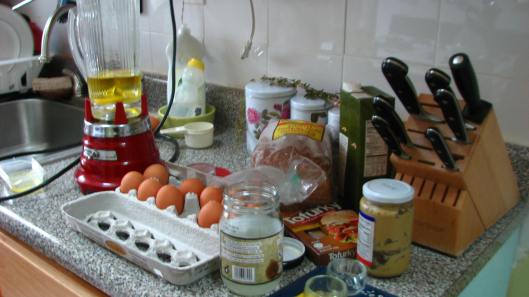

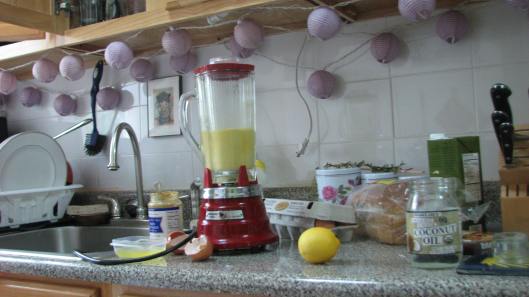
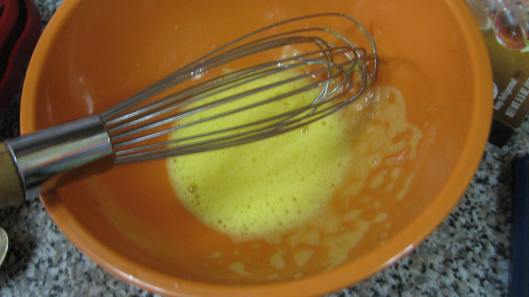



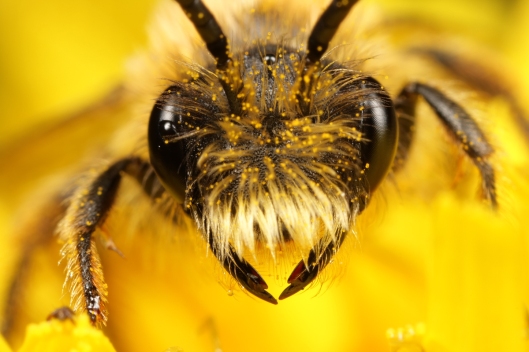


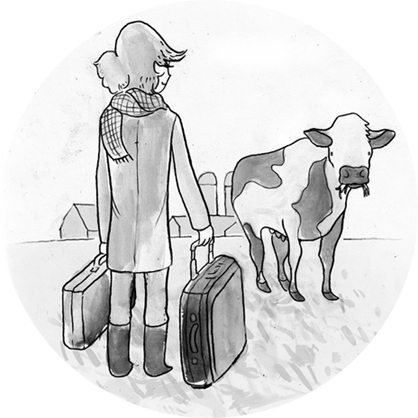
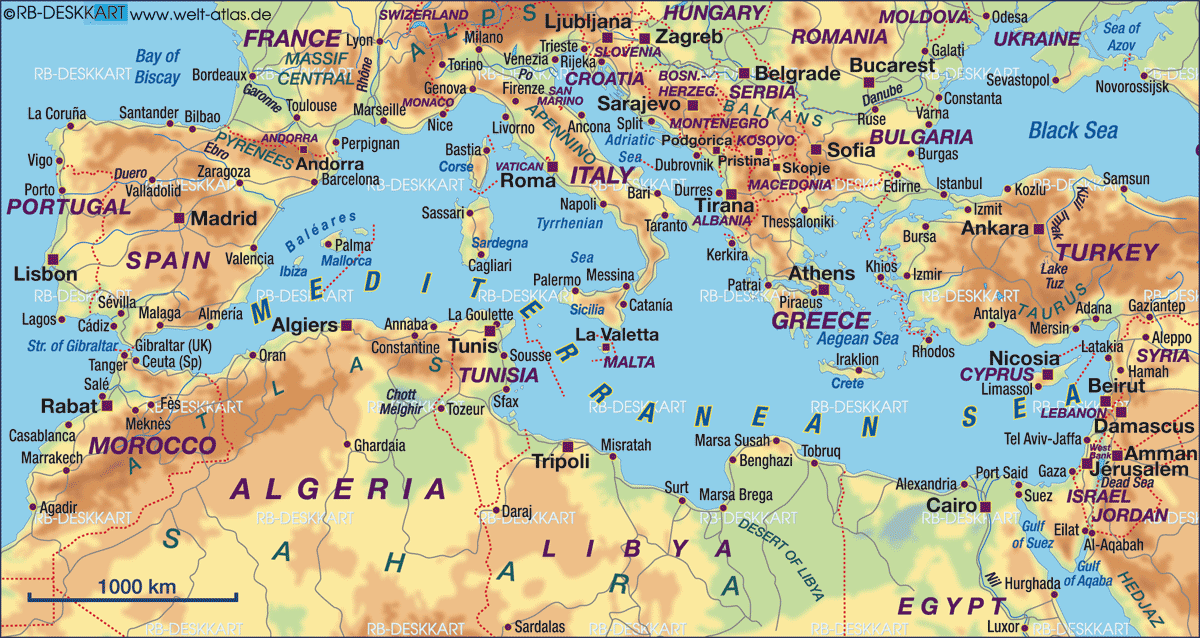


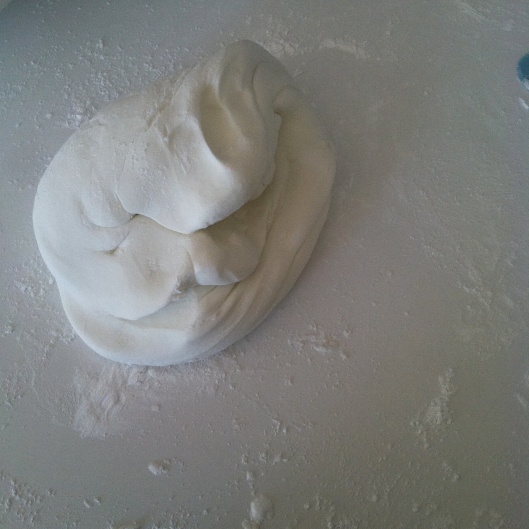


 lemons!)
lemons!)